Weekly wild news from our reserves - 6 January 2023
Carlton Marshes moonset - Lewis Yates
This week at Lackford Lakes there has been much excitement about the number of snipe visible from Bernard's hide. A medium-sized wader, snipe are usually solitary during the spring/summer breeding season. In autumn they migrate south, when they can form small flocks known as ‘wisps’.
Snipe have a flexible tip to the beak that is full of nerves; this helps them to feel for insects, earthworms and crustaceans deep underground and then open the end of their beak to grab them. During the breeding season, males can be heard making a unique 'drumming' sound as their tail feathers vibrate in the wind as they perform their aerial courtship displays.
Mystery gall
Our wardens were a bit stumped when asked to identify this unusual growth found on honeysuckle at Bradfield Woods. We think it looks a bit like a turnip! Lackford Lakes Visitor Officer and Entomologist Hawk Honey suspects a honeysuckle gall midge may have been the culprit. Galls are abnormal growths on plants, which are triggered by the egg or larvae of a gall producing species, protecting the developing larvae.
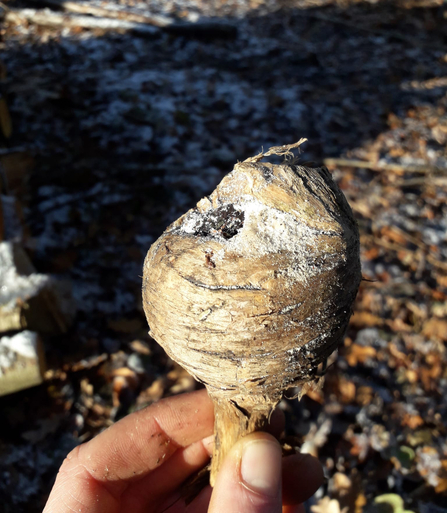
Suspected gall from the honeysuckle gall midge – Cormac Adlard
Bittern posing
Warden Gavin took this incredible close-up of a bittern at Peto’s Marsh on Christmas eve!
A rare and shy heron, the bittern spends almost all its time hidden away in large reedbeds, where it feeds on eels and other fish. It has wonderfully camouflaged plumage, helping it to blend into the reeds. It can also stand motionless for long periods to avoid detection. During the breeding season, the male bittern 'booms', making a deep, foghorn-like sound which can be heard up to two miles away, mostly at night.
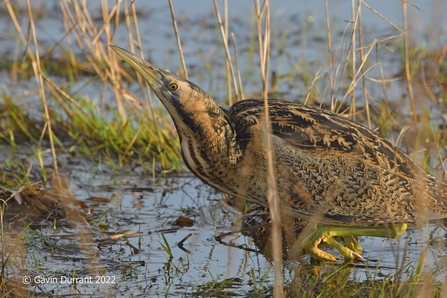
Bittern - Gavin Durrant
Moonset and kestrel
Warden Lewis snapped this magical moonset along with hovering kestrel at Carlton Marshes – stunning!
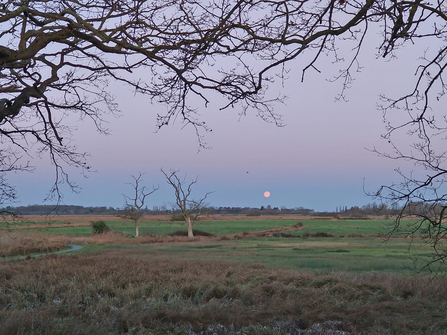
Carlton Marshes moonset - Lewis Yates
Witches’ butter, candlesnuff and velvet shank
We love fungi, with their curious variety of shapes and colours, and their imaginative names! These beautiful specimens were spotted recently by warden Dan at Reydon Wood.
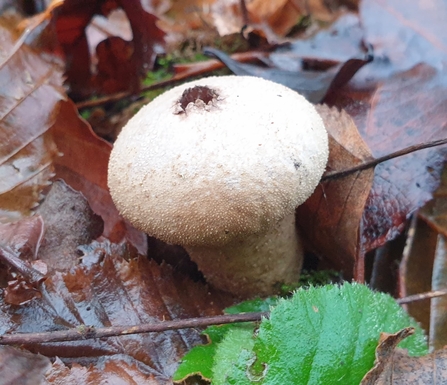
Common puffball- Dan Doughty
New year blossom
Warden Joe snapped this early blossom at Trimley Marshes this week. Very similar in appearance to blackthorn, which is widespread in Suffolk, this is most likely to be the closely related cherry-plum that flowers from February onwards but has clearly been tempted out early by the mild weather.
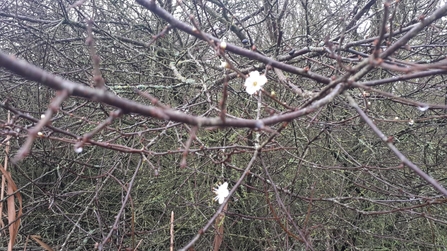
Early spring blossom – Joe Underwood





